Memoirs of a Superfan, Vol 8.3: Jeremy Lin and the Power of Cultural Intention
By Ravi Chandra
OK, I’ll try (try!) to keep this short, as I’ve got movies starting this afternoon, and a weekend of CAAMazement ahead. In brief, Wow, LINSANITY was a great film. Evan Jackson Leong and his crew have done a fantastic job, and an amazing service with this work that will surely stand the test of time as a document of not just a young man, but a monumental moment in Asian American cultural history. An Asian American playing at the highest levels of a quintessentially American game dominated by African Americans.
How cool is that? The music (see Memoirs of a Superfan Vol. 8.2) is in chords of success, acceptance and mutual respect; the shallow naysayers will be drowned out by the symphony. Make a joyful noise, indeed.
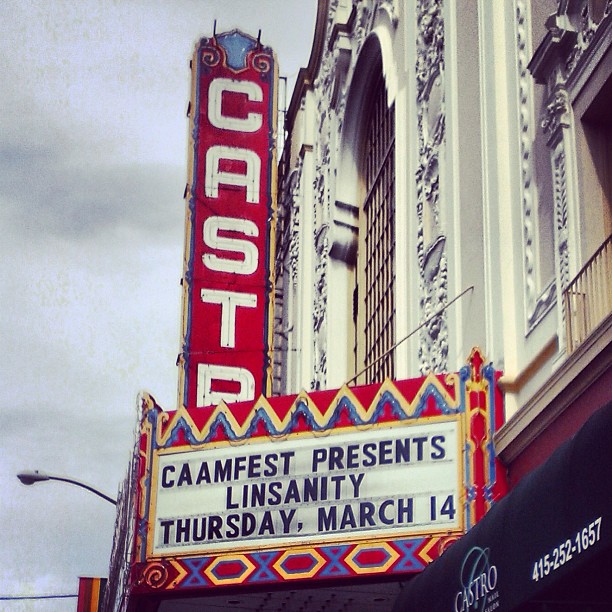
via CAAM Instagram
The filmmaker and producers were on hand last night at the Castro, and Jeremy’s parents, Shirley and Geimin Lin, were in the audience. The owner of the Golden State Warriors was in the house, as well as a legion of Lin-jersey-wearing fanboys and girls, as well as Jane Kim, the Supervisor for the district where CAAM is located. It was a raucous homecoming – and Jeremy made a special, pre-taped appearance. We were told he was “working” tonight, and couldn’t make it in person. A man’s gotta work, son, a man’s gotta work. Never have I been more happy to see a brother work.
Lin’s story shakes off cynicism and doubt. It’s been called a real life “Cinderella” story, and Lin seems like a genuine role model in a world rife with moral shortcomings. He is is an appealing person, and his story tells us a lot about success. Hard work pays off. Having the support of family, friends, and religious community are extremely important. Dedicating oneself to others, and something larger than oneself, is vital. Supernatural support might be the game-winner. But central to his success is who Lin is as a person – the power of his intention and commitment to his ideals, and how he keeps pushing himself to be a better person to achieve his ideals. He plays a game – and keeps improving at it. He faces personal losses – his ankle fracture, and being sent down 4 times to the D-leagues, to name some – feels them tremendously, but finds the inner strength to carry on. He succeeds spectacularly, but doesn’t seem to get too inflated; he chooses, in a critical press conference moment, not to spar with Kobe Bryant about his comment about “not knowing what Lin did”. You watch this movie, and you just want this guy to keep winning – but he and everyone else knows that this is not completely up to him. To paraphrase him “God has a plan, and I have to make myself ok with it, whatever it is.” This is wonderful humility in the face of the unknown.
I like the story about the Zen teacher who draws a vertical line on a chalkboard. “Now, how do you make the line shorter,” he asks his students. Their answers include erasing the line at the top, or the bottom – and he just shakes his head “no”. They give up. He gets up and draws a longer line next to the first. “Now the line is shorter.”
In other words, the challenge can’t be made less – we just have to make ourselves better to overcome it. The I Ching says “When the externals are lacking, cultivate the internals.” (I would also add a corollary to the Zen Master’s answer: the longest line is the question mark…)
This is what I find most compelling in Lin’s story: the power of his intention and dedication to the sport of basketball, and also his dedication to being a better person through his religion, Christianity. No matter how long the line against him, he keeps drawing a longer line – connecting to a longer line.
There are other intentions that will no doubt deepen over time. I found certain items curious and telling, like dream images, seemingly minor elements but actually quite profound: his Lion King blanket and electric Chinese water fountain. These are watermarks of culture. They lay at the crossroads of American, Asian and African traditions – which tell us something about Lin’s personality and heart, if you will. A heroic journey from Africa, a symbol of peace and tranquility from Asia: this is how we gather ourselves as humans and Asian Americans, tune into symbols and significances that pass into our world in an almost casual way, but suddenly speak to us. “Yeah, that’s cool. I want that in my life.” Somewhere out of the mix comes something unique, and potentially potent. The fact that Lin is shown with family and basketball fans in Taiwan tells us a lot about his global capacity and relatedness.
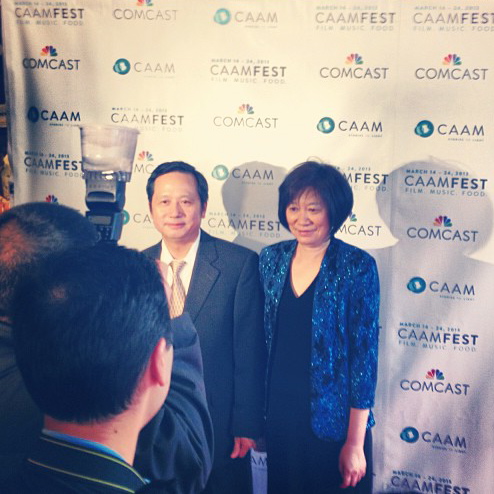
Jeremy Lin’s parents, Gie-Ming Lin and Shirley Lin, at the “Linsanity” premiere and opening night of CAAMFest 2013. (Photo via CAAM Instagram)
If we could bring “cultural intention” to our lives – I think we would find ourselves deepened and happier. What elements of world culture do we need to keep close to us? What brings us “home”? I don’t mean just the signifiers, of course – we can load ourselves to the gills with cartloads of world culture kitsch and still be none the wiser. Rather I am speaking of the significance – the transcendent story that speaks to us all. We have our names (see Memoirs of a Superfan, Vol. 8.1), and we have our story, our myth, and the mythic journey we are all on as we share space and time on Planet Earth. For this myth to truly transcend, we have to bring our full attention and commitment to it. We have to amp the signal, and bring down the noise.
“I’ve missed more than nine thousand shots in my career. I’ve lost almost three hundred games. Twenty-six times I’ve been trusted to take the game-winning shot and missed. I’ve failed over and over and over again in my life…and that is why I succeed.” Who said that? Michael Jordan. (Quoted in the excellent book Search Inside Yourself by Google’s Jolly Good Fellow, Chade-Meng Tan) And this is what we usually eat at the Life Lessons All-You-Can-Eat Buffet:
The Best-of-it Casserole (We made it)
Rise-above-it Stew
Survived-it Salad
Breakdown Scramble
Hot Mess with Thissucks Succulent Sauce
Bottomless Lemonade, sweet and puckery
Humble Pie
And the main dish,
Crow
But we keep eating, learning, and hopefully getting to resolution and connection with each other. When we’re not winning, we’re “character building.”
In starting a journey, it’s traditional to give a gift, express gratitude and dedicate one’s efforts. We’re just starting our CAAMFest journey, so I’ll offer this. Thanks to all the artists who have lived with intention and dedication to their craft – you’ve given us all a gift that we cherish. Thanks to all the organizers and volunteers of CAAM and CAAMFest. Your intentions, knowledge and wisdom are inspiring. May we all enjoy this week, and find in the films and events ways to renew our intentions, dedications, and commitments to the world and each other.
Ravi Chandra, M.D. is a psychiatrist and writer in San Francisco. You can find more of his writing and performance at www.RaviChandraMD.com, where he invites you to sign up for an occasional newsletter. His Pacific Heart blog is at Psychology Today, http://www.psychologytoday.com/blog/the-pacific-heart.

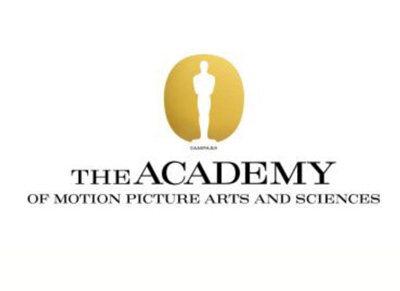

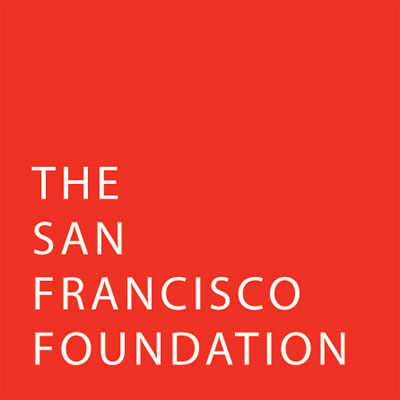




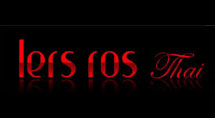
















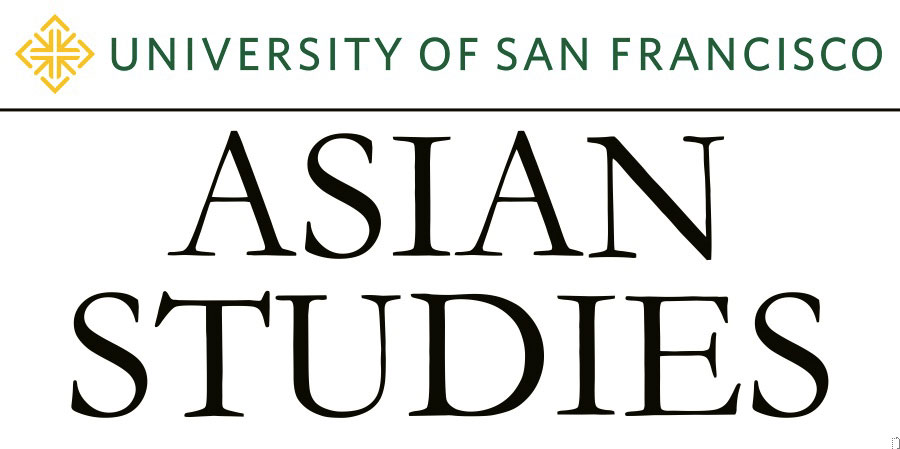
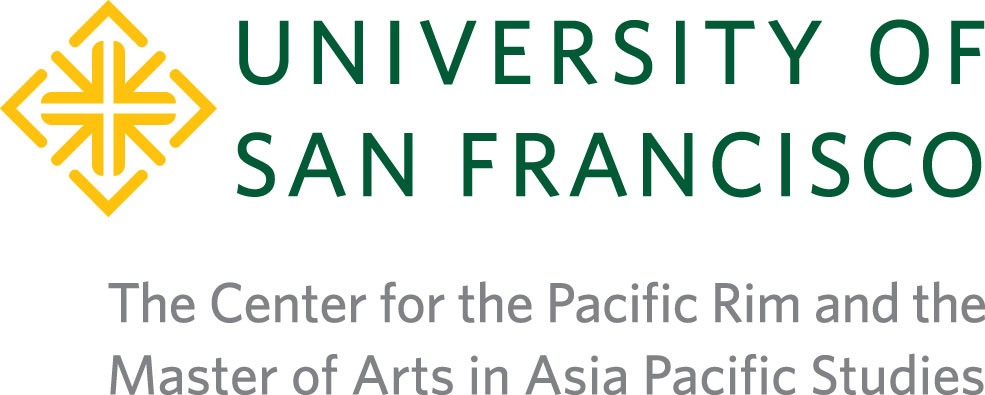












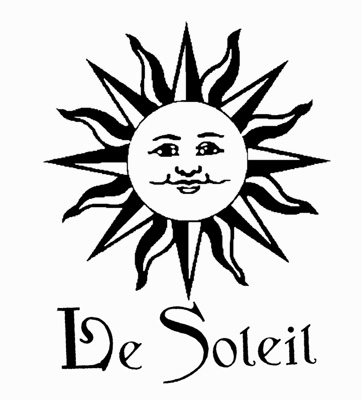







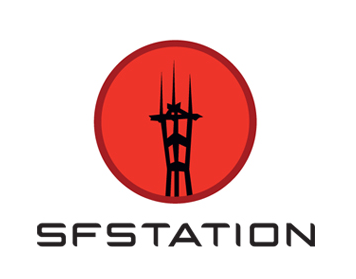








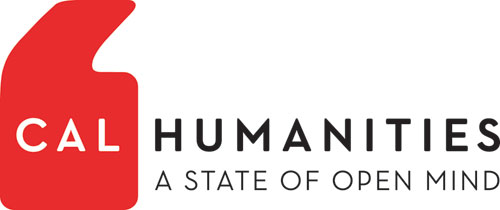










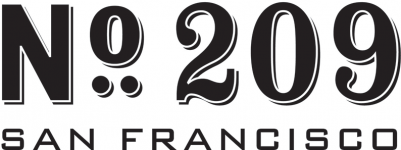





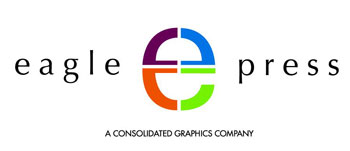







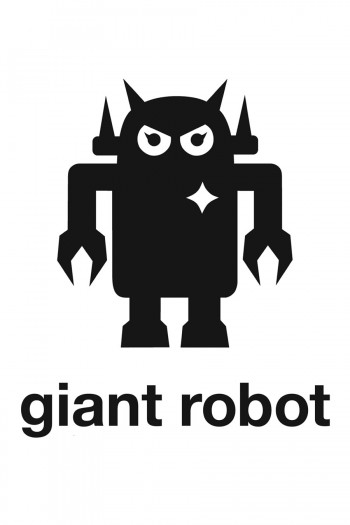

























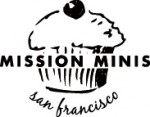



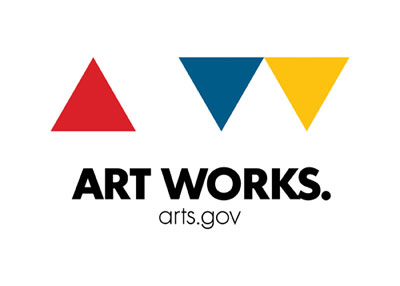




































Follow Us!